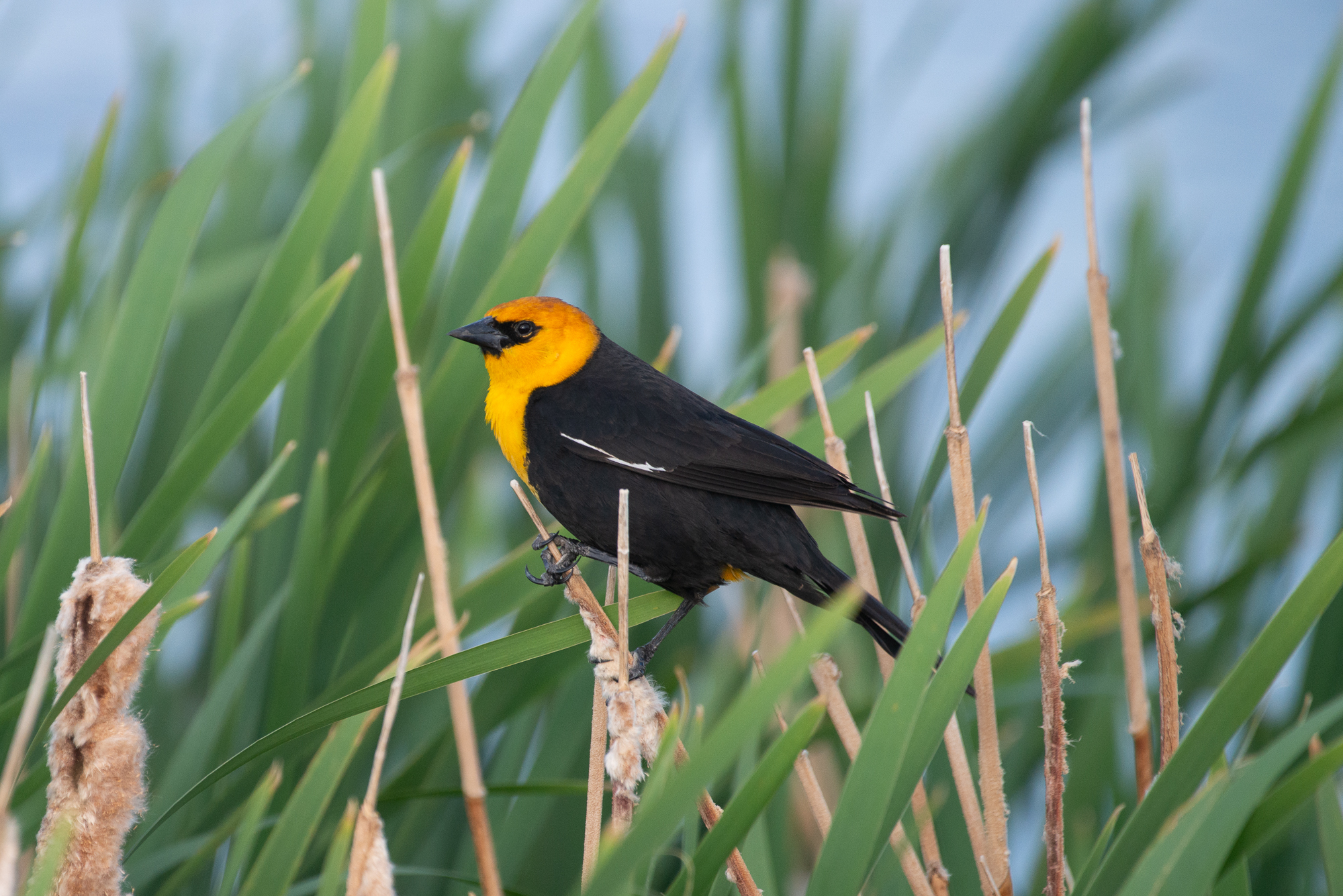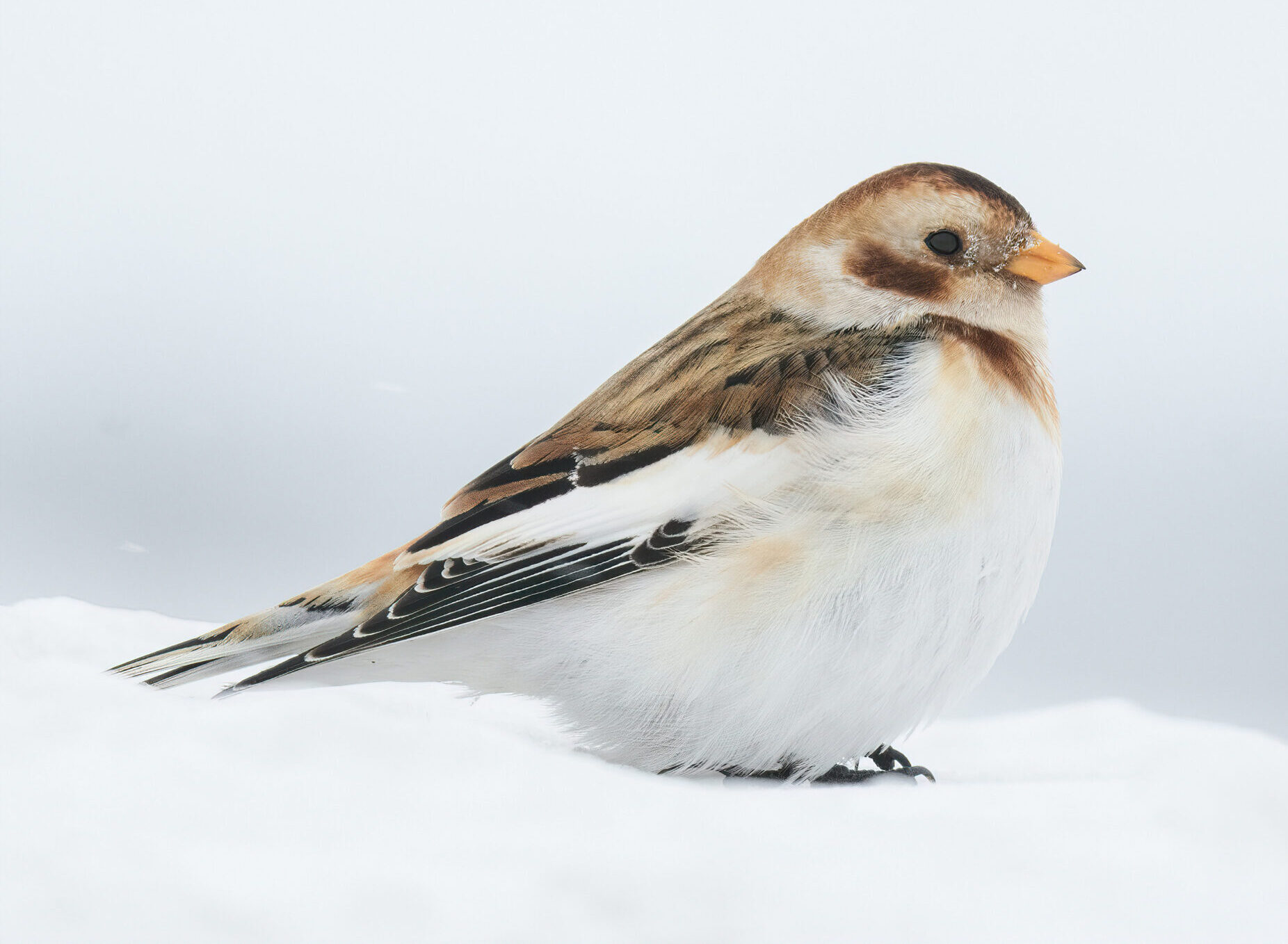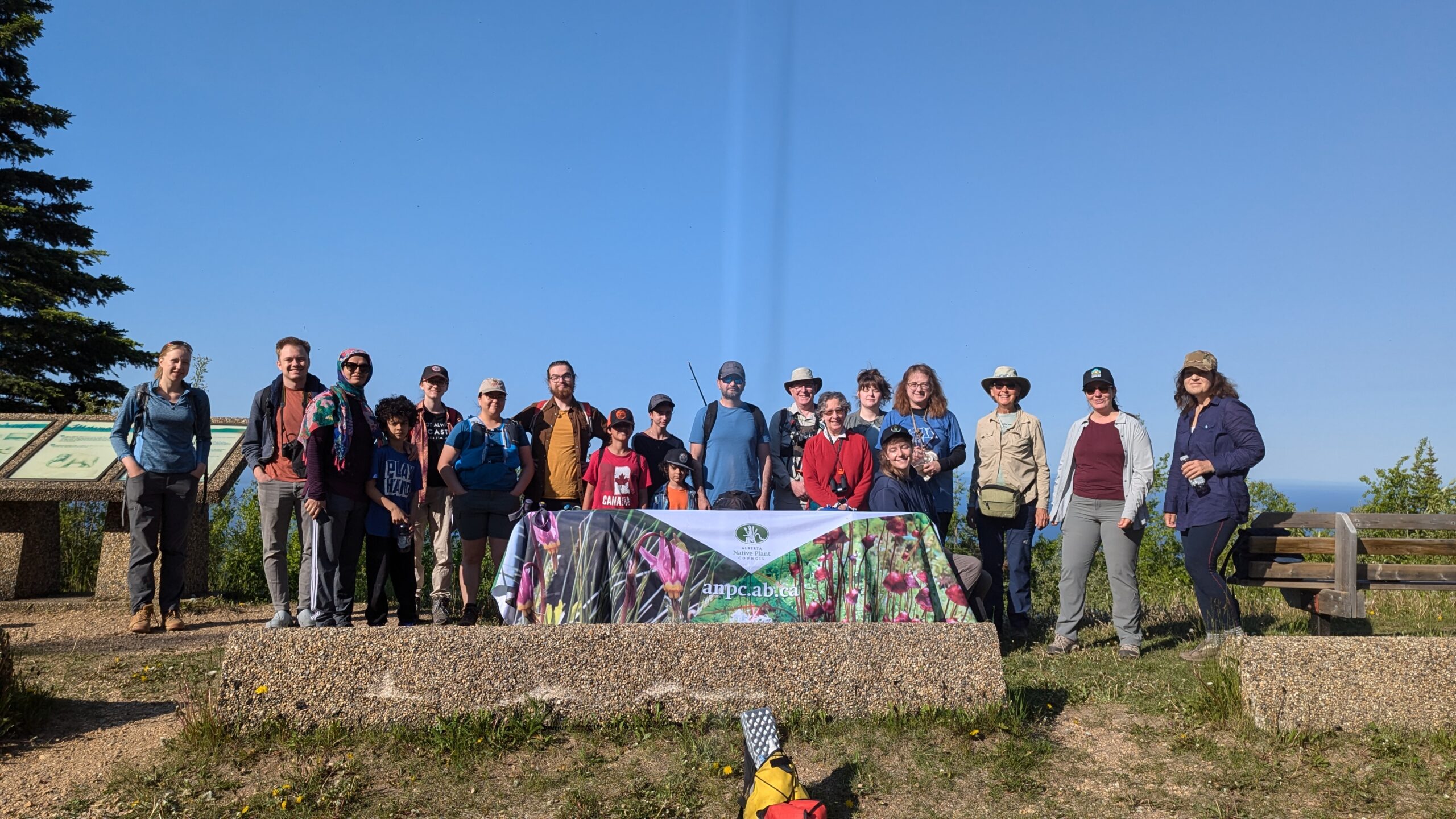Celebrate
Citizen Science in Alberta is thriving. Below are real-time calculations of the number of projects, volunteers, and yearly volunteer hours, highlighting the collective impact of Alberta’s citizen science community. This information is based on active projects from the CitiSci Alberta Project Catalogue.
48
CitSi Projects in Alberta
4376
CitSci Volunteers
33738
CitSci Volunteer Hours
- Title of success story (maximum 10 words)
- Short summary of your success story (maximum 200 words)
- List of collaborators (individuals or organizations)
- 1-2 photos
- Link to more information such as: results, videos, facebook page, website, etc.






